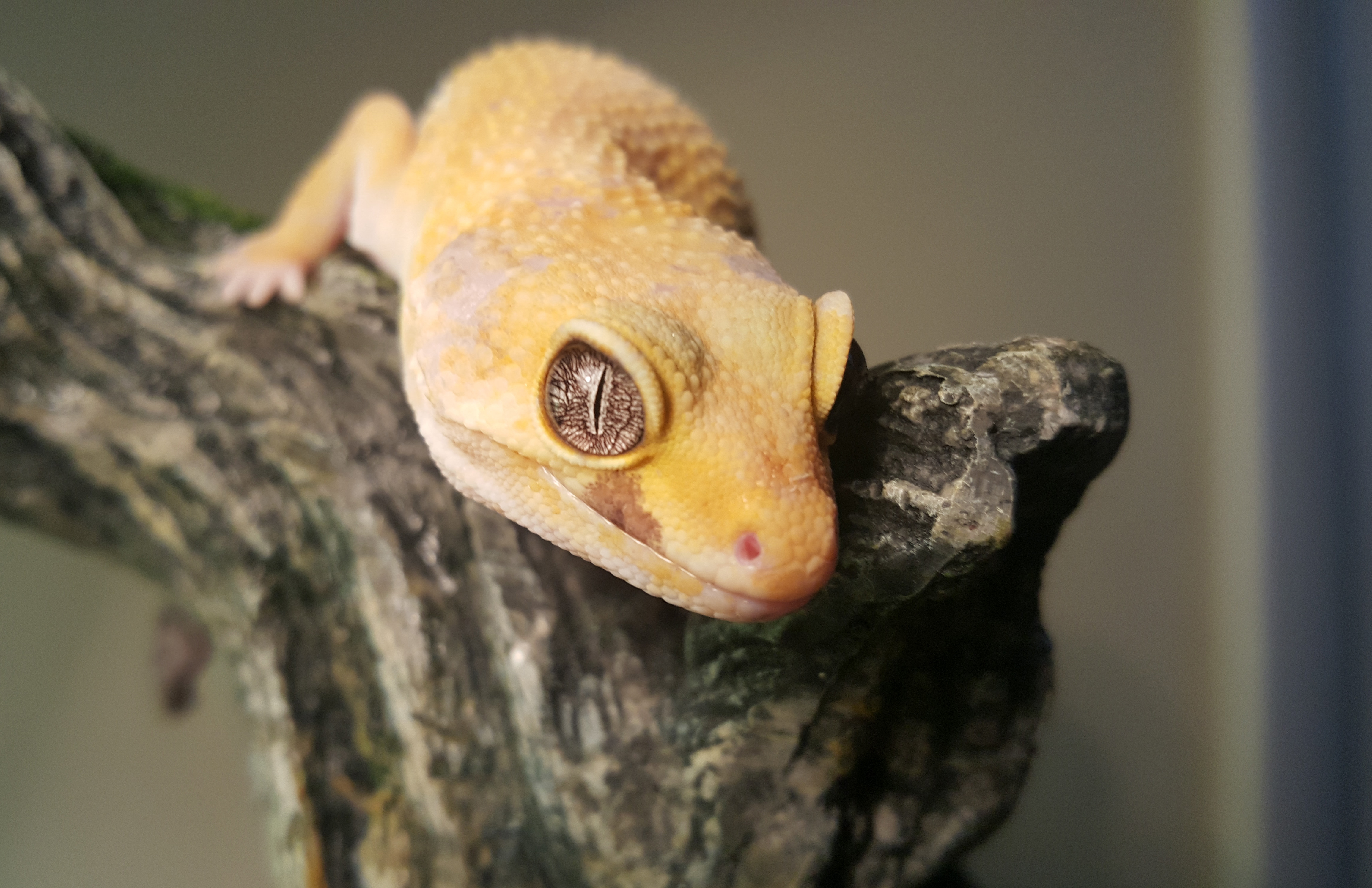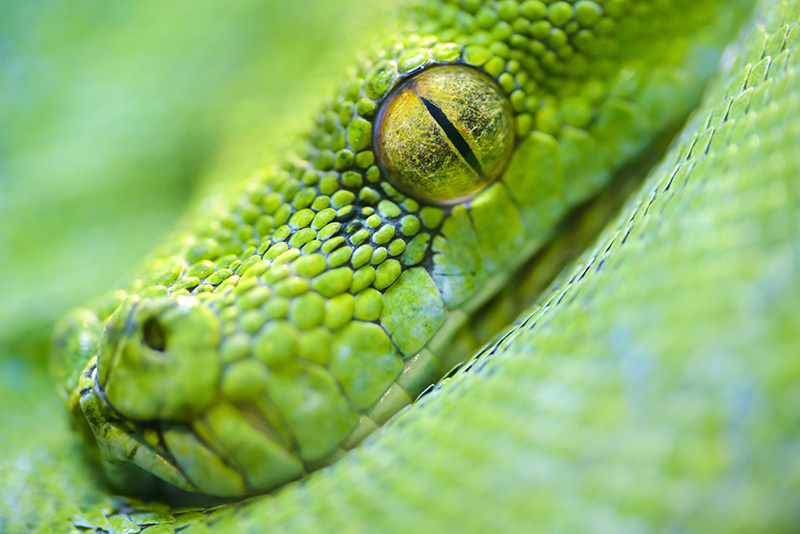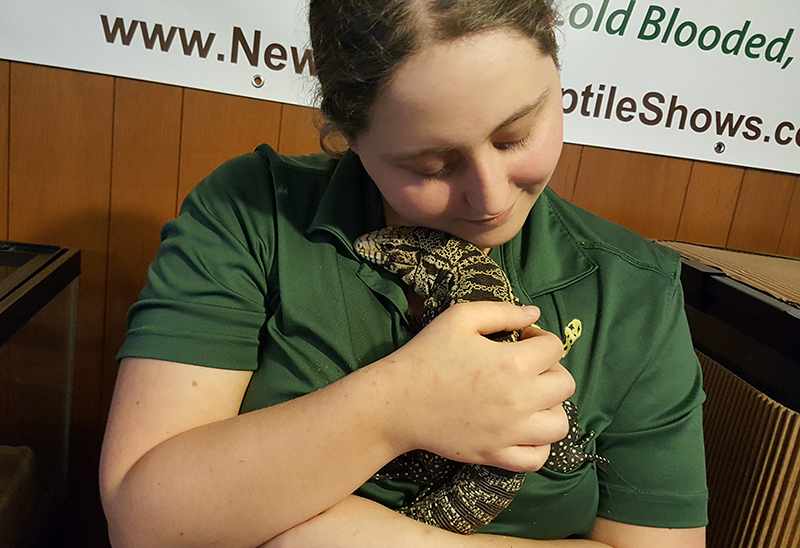If you’re thinking about getting a pet snake or another type of reptile, there are many things to take into consideration. After all, reptiles are high-maintenance pets. You have to be prepared to be in it for the long haul if you become a pet reptile owner. Here are a few things to consider before purchasing your first reptile pet:
Are You Ready?
Have you learned about what type of reptile you’re going to get? Don’t make an impulsive decision because something looks cute. Reptiles need lots of care and attention, and you need to be able to provide this. Make sure you educate yourself about the breed you’re purchasing. For example, those tiny baby red tail boas will get very large, upwards of eight feet long for females! Other things to look for in a breed—will it be good with kids or furry pets? You don’t want to create a stressful environment for your family—or the reptile!
Do You Have Time?
Pet reptiles require your time and attention. Will you be able to care for them, clean and feed them? Pay attention to them? Some breeds love to be held more than others. Make sure you choose a breed that best fits you and your lifestyle. Also, when you plan to go away on vacation, it’s not as easy when you’re the owner of a pet reptile. You’ll need to make special arrangements to ensure they’re cared for properly while you’re gone.
Financial Considerations
Having a pet reptile can be costly. Veterinarian care can be expensive, but necessary, to attend to your reptile’s changing needs. You also want to make sure you have a veterinarian who specializes in reptiles, and not simply dogs and cats. Reptiles have special needs, so you want a vet who knows what they’re doing! What if your pet iguana’s tail doesn’t heal properly? What if you suspect your snake has an upper respiratory infection? If your reptile should get sick, you’ll need to be able to purchase medicine for it, too.
Your electric bill may increase in the winter to keep your reptile warm, and even higher if you have more than one reptile. Food is also costly. Keep in mind that snakes are carnivores, and you’ll most likely be feeding them mice. Try to find a good place that sells the food for a reasonable price, like Dinky Reptiles & Aquatics in Auburn, Massachusetts. They sell mice and other food for reptiles.
Creating the Best Habitat
A good rule of thumb: never house two reptiles together unless you are actively breeding them. Reptiles will fight with each other and they will get injured, which means more vet bills for you. Creating the right habitat requires a delicate balance. For example, if you’re purchasing a pet snake, most breeds will want a hidey-home inside their terrarium. It can be a rock cave or even a piece of cardboard where the snake can hide. It’s a place where the snake can relax and feel safe.
Another consideration is the temperature of the habitat. the temperature of the snake’s home is critical in maintaining their health. Some snakes require ultraviolet-B (UVB) light. But some don’t. This is another reason to do your research before choosing your pet. Before you buy a pet snake, you’ll need to keep track of the temperature of the air, floor and humidity many times a day and night for about a week before bringing a snake home. If it’s the wrong temperature, you could accidentally harm your snake.
These are just a few of the many things you should think about before bringing your reptile friend home. Remember, they deserve the same care and attention as any pet. And only if you can provide this should you consider getting a reptile pet.
At New England Reptile Shows, we’re dedicated to educating people about the proper care and treatment of our reptile friends. If you want to learn more about snakes and other fascinating creatures, you’ll be able to see some popular species up close at New England Reptile Shows. We showcase ball pythons, garter snakes, corn snakes, boas and other exciting species. Learn more about each breed of snake—for fun or to choose your next pet!







